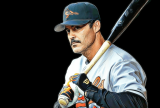

Before he played a game in the big leagues, Bumbry stared death in the eyes during a stint in Vietnam in the U.S. Army. Bumbry was a tank platoon leader, responsible for 45 men and the equipment in his platoon. He won a Bronze Star for his bravery and leadership. When he returned to the States, he was 24 years old, a more mature man and a more mature player. He quickly navigated his way through the Orioles’ organization and in 1973 he was in the outfield, playing alongside Paul Blair and Don Baylor. He won the American League Rookie of the Year, batted .337 and showed off his speed.
Bumbry settled in as a useful center fielder for Earl Weaver after Blair left Baltimore, and he was an All-Star in 1980 when he had 205 hits. He was often platooned and rarely faced left-handed pitchers.
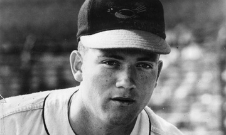
“McNally was a tenacious guy and really stubborn,” Jim Palmer once said. “He won 20 games four times. When I was injured I would sit in the stands and watch him, and I learned how to pitch.”
In 1971, McNally, Palmer, Mike Cuellar, and Pat Dobson each won 20 games, the last time a team has had four 20-game winners on their staff. McNally actually missed five weeks that season with a sore arm, but when he went on the shelf he already had 13 victories. Upon his return in August he got back on track, and in early September he shut out the Yankees to clinch the division title and record his 20th win. Within six days, the Orioles saw all four men win their 20th game.
McNally held the Orioles’ franchise record for victories when he asked to be traded in 1975. The probable reason for his request was the multiple contract squabbles he had with the front office. He spent a failed season in Montreal, served as one of the players who challenged the reserve clause, and retired. He remains one of the most popular pitchers to ever wear the Orioles’ uniform.
“Dave was an unbelievable competitor,” remembered Earl Weaver. “He did it with cunning and intelligence. He loved to set you up with a change, fool you with that tremendous curve and then throw the fastball by you. Plus he was 100 percent gentleman. He was the kind of guy you wanted your son to be.”
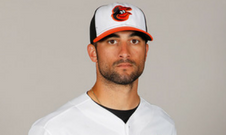
“Go about your business, mind your own business,” Markakis once said. “Do what you’re supposed to do, and not such much with the mouth, but by example.”
That’s what Markakis was: a soldier who showed up and did his job. He wasn’t spectacular, but he was pretty good, and he stayed in the lineup for more than a dozen years without much interruption.
He was a center fielder out of position in right field, but it worked because he played with Adam Jones. The pair won six Gold Gloves together in the Baltimore outfield.
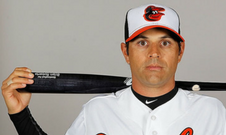
I wrote somewhere else that there are three types of doubles hitters:
Roberts was mostly #3. A switch-hitter, he was a pull-hitter, yanked a lot of balls down the chalk. Only five players have hit 50 doubles three times or more, all of the others are immortals. There’s Tris Speaker (who did it five times), Paul Waner, Stan Musial, Albert Pujols, and finally Roberts. Talk about a misfit.
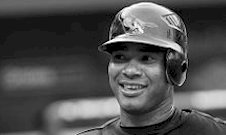
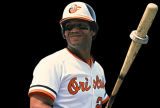
Forty times the player Mora was and four million times the person. Singleton was a high percentage player and a gentleman. He was one of Earl Weaver’s favorites, a switch-hitter with power and a great eye from both sides of the plate.
Prior to the 1979 World Series when the Pittsburgh staff was going over the scouting reports on Baltimore’s lineup, Bert Blyleven was asked about Singleton, whom he’d faced when he was in the American League. “He can hit it up, hit it down, hit the fast ones and the curves,” Blyleven said, “the best option is to walk his ass.”

Will have more more than 250 home runs before his 29th birthday. But even if “Mr. Hustle” were to average 40 homers per season until he’s 38, he’d still be about 100 homers shy of Bonds.
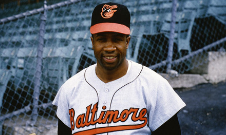
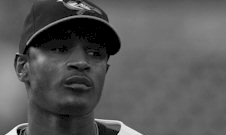
Only Ripken, Robinson, and Murray have more hits in a Baltimore uniform than Jones, who ranks in the top ten in almost every offensive category for the franchise.
Sort of Chet Lemon-light, right down to the boneheaded base running. Jones could go get ’em, and he had some pop in his bat, but like Lemon, he’s aging out in his mid-30s.
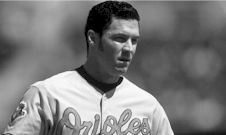
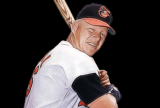
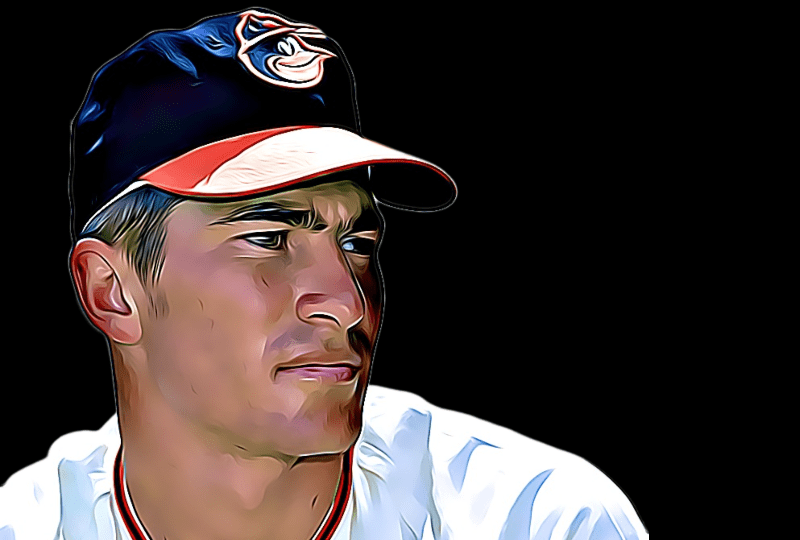
The best defensive infields in the history of baseball were the Baltimore group from 1972 to 1975, that had Grich at second base, Mark Belanger at shortstop, and Brooks Robinson at third base. Grich, Robinson, and Belanger won 15 of the 16 Gold Glove Awards available in those four seasons. Boog Powell, who started in three of those years, was no slouch, and Lee May was very good around the bag too.
In those four seasons the Orioles allowed 114 fewer unearned runs than any other team in the American League. They led their league in pitching each season, naturally. With that airtight infield and Paul Blair and Al Bumbry in the outfield, Baltimore didn’t make many mistakes in the field.
Grich’s strength was his anticipation and sure hands. Three times he handled as many as 900 chances, a feat only matched by Bill Mazeroski. He ranks among the ten greatest defensive second basemen in history, even if Cooperstown has snubbed him.
“I didn’t have Brooks Robinson’s hands, Mark Belanger’s range or Joe Morgan’s quickness,” Grich said, “but I got to more balls than other guys who were 6 feet 2 and 200 pounds because, on every pitch, I got a jump. I cheated so much, I caught balls on the outfield grass and threw guys out.”
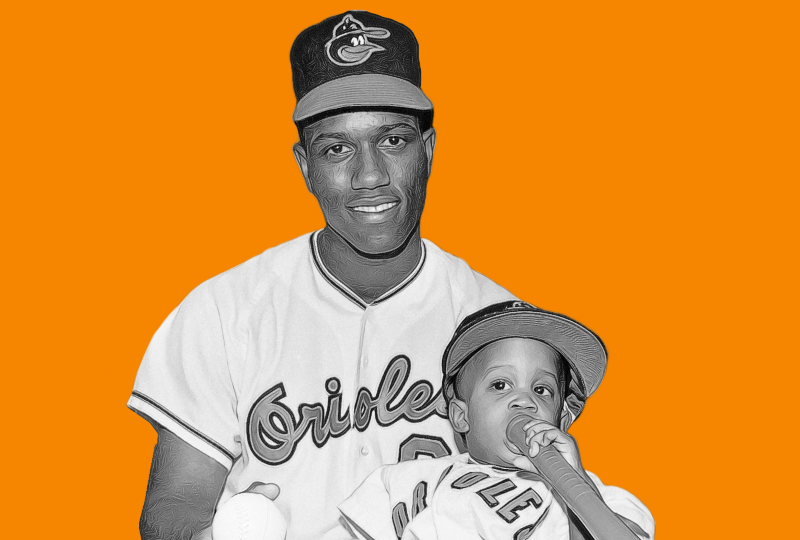
One man’s selection of The Best Defensive Center Fielders of All-Time:
Some players are fast, some are quick (there’s a difference). Some outfielders have a great first step, and some have excellent instincts. Blair had all of that, and his arm was good too. A prototypical center fielder, and he played shallow.
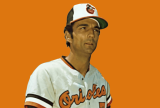
Everyone knows Mark Belanger was a phenomenal shortstop, he’s one of the ten best to ever play the position. Most people also know he was a pretty dreadful hitter. It wouldn’t surprise you, I suppose, that Belanger was 4-for-48 (.083) against Gaylord Perry, or that he was 2-for-22 off Rollie Fingers. But you’d probably be shocked to know that Belanger hit .421 (8-for-19 with three doubles) off Goose Gossage. Sometimes, those things don’t make sense.
Belanger was a winner. His American Legion team (Pittsfield, Massachusetts) finished third in the country his senior year. In the minor leagues his teams won three titles in four years. In his 16 full seasons with Baltimore, the team won 90+ games 13 times. In his professional career his teams finished in first place ten times.
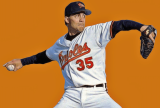
Mussina won 64 percent of his decision for Baltimore, and 63 percent as a Yankee. He never won a World Series with either franchise, just missing out in New York on both ends of his career in pinstripes. His Hall of Fame plaque has him in profile, with his cap logo obscured. He just couldn’t make up his mind.
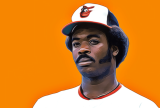
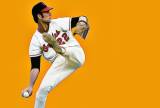
There was a time when Jim Palmer was one of the sexiest athletes in the world, and a superstar not just as a pitcher, but as a celebrity. He was asked to be a broadcaster for All-Star Games and post-season games when he was still an active player. He was polished, cool, and sophisticated. The exact opposite of Earl Weaver.
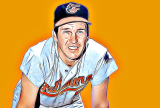
Robinson was a second baseman when he signed with Baltimore, spurning offers from several teams. He chose the Orioles because the franchise was so bad, he figured it would be much easier to get to the big leagues. He was right, but as a young prospect, Robinson did not impress everyone.
“He couldn’t hit, he couldn’t run, and his arm wasn’t that strong,” teammate Gene Woodling said when he saw the 19-year old Robinson in spring training.
True, Robinson was far from flashy as an athlete, but he was efficient, fundamentally sound, and nearly perfect as a defender. The Orioles groomed him to replace veteran George Kell at third, and once Robinson got the job he held it for two decades.
There are four players whose defensive statistics stand out as freakishly good: Ozzie Smith, Bill Mazeroski, Tris Speaker, and Brooks Robinson.
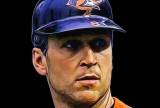
The greatest shortstop of all-time was the last man to bat at Memorial Stadium and also the man who “built” Camden Yards. He won two Gold Gloves and was an All-Star 19 times. The only time he played a full season and was not an All-Star was when he won Rookie of the Year.
Ripken was on deck on October 6, 2001, in Baltimore awaiting his last at-bat, but teammate Brady Anderson, also playing his last game for the O’s, struck out to end the game.
This feature list was written by Dan Holmes, founder of Baseball Egg. Dan is author of three books on baseball, including Ty Cobb: A Biography, The Great Baseball Argument Settling Book, and more. He previously worked as a writer and digital producer for the National Baseball Hall of Fame, as well as Major League Baseball Advanced Media.
No reproduction of this content is permitted without permission of the copyright holder. Links and shares are welcome.
No posts found!